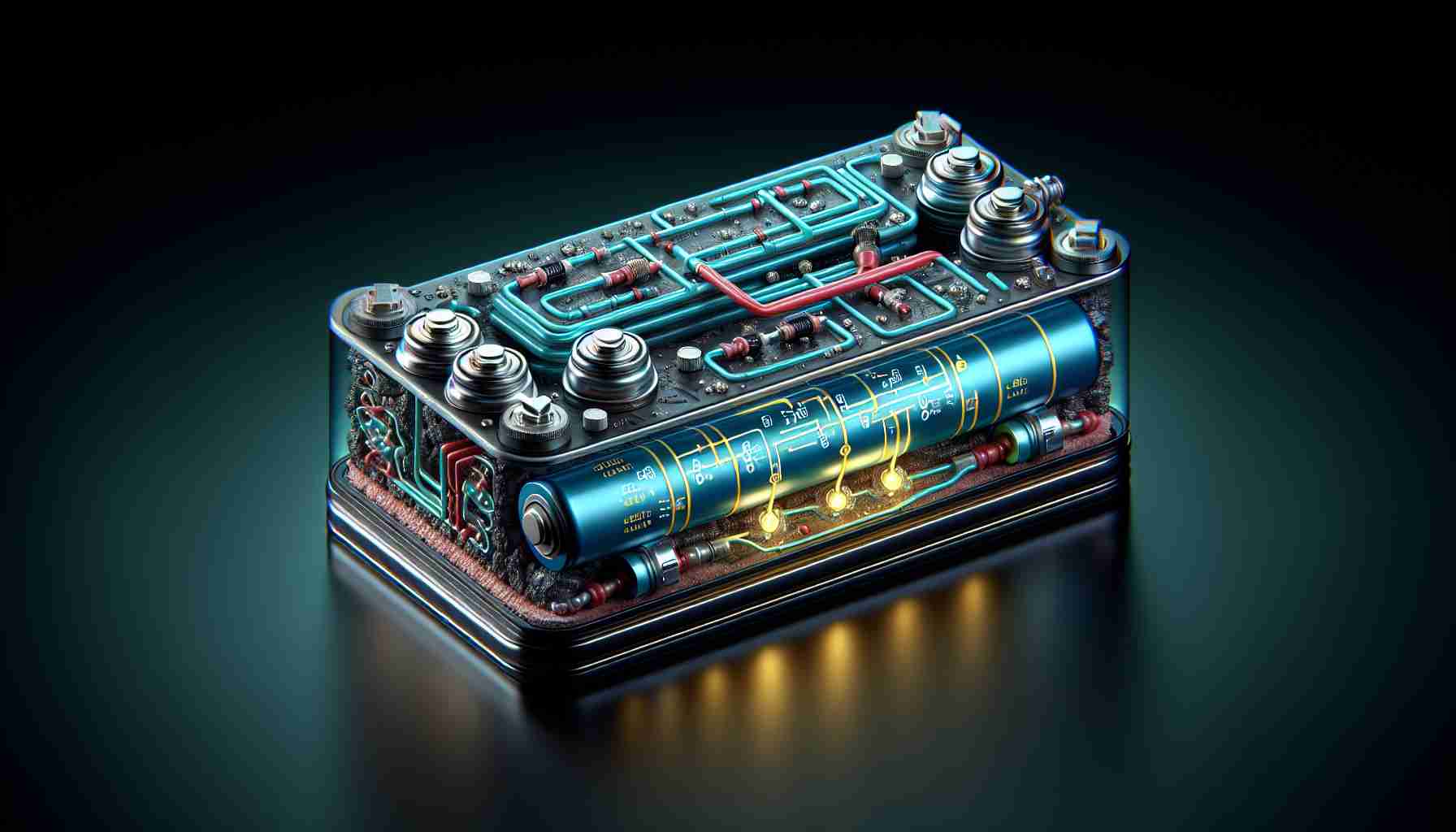UCLA chemists, led by Xiangfeng Duan and Philippe Sautet, have made significant progress in understanding the key pathways of the sulfur reduction reaction in lithium-sulfur batteries. This groundbreaking research, published in the journal Nature, provides valuable insights into the complex reactions involved and offers strategies for improving battery capacity and lifespan.
The sulfur reduction reaction in lithium-sulfur batteries is a complex process with multiple interconnected branches and intermediate products. Understanding this reaction has been challenging, making it difficult to identify areas for improvement. However, the UCLA team utilized theory calculations, electrochemical analysis, and spectroscopic techniques to map out the reaction pathways and validate their findings.
One of the main concerns in lithium-sulfur batteries is the occurrence of an undesired side reaction called “shuttling,” where polysulfide intermediates migrate to the lithium metal anode and react with it, resulting in energy loss and reduced storage capacity. The thorough study conducted by the researchers not only deciphered the entire reaction network but also identified Li2S4 as the dominant intermediate. Importantly, they revealed the crucial role of electrocatalysis in modifying the kinetics of the reaction.
Moreover, the study emphasized the significance of a properly designed catalytic electrode material in improving battery performance. Carbon-based electrodes doped with sulfur and nitrogen were found to effectively facilitate the conversion of Li2S4 to the final discharge product (Li2S). Additionally, they discovered that the intermediate Li2S6, although not directly involved in the electrochemical process, contributes significantly to the unwanted polysulfide shuttling effect.
The findings of this research provide a fundamental understanding of the sulfur reduction reaction in lithium-sulfur batteries and offer new possibilities for enhancing battery performance. By accelerating the charging and discharging reactions, mitigating side reactions, and improving the cycle life, a properly designed catalytic electrode material holds the potential to revolutionize energy conversion devices.
As lithium-sulfur batteries continue to hold promise for storing significantly more energy at a lower cost, this research brings us one step closer to unlocking their full potential and revolutionizing the future of battery technology.
Frequently Asked Questions (FAQ):
1. What progress have UCLA scientists made in studying the sulfur reduction reaction in lithium-sulfur batteries?
UCLA scientists have made significant progress in understanding the key pathways of the sulfur reduction reaction in lithium-sulfur batteries. Their research, published in the journal Nature, sheds light on the complex reactions involved in this process and provides insights for improving battery capacity and lifespan.
2. What research methods were utilized in this study?
The UCLA team utilized theory calculations, electrochemical analysis, and spectroscopic techniques to map out the reaction pathways and validate their findings.
3. What is “shuttling” in the context of lithium-sulfur batteries?
The article does not provide a definition for the term “shuttling.” Instead, the article focuses on the sulfur reduction reaction and its complex nature.
4. What is “ethere” in relation to lithium-sulfur batteries?
The term “ethere” is not mentioned in the article. The article mainly discusses the sulfur reduction reaction and its complexities.
5. What specific discoveries were made in this research?
The study revealed the complete reaction network and identified Li2S4 as the dominant intermediate. Additionally, it highlighted the crucial role of electrocatalysis in modifying the reaction kinetics. The researchers also found that carbon-based electrodes doped with sulfur and nitrogen effectively facilitate the conversion of Li2S4 to the final discharge product (Li2S).
6. What possibilities does a properly designed catalytic electrode material offer?
A properly designed catalytic electrode material has the potential to accelerate charging and discharging reactions, mitigate side reactions, and improve battery cycle life. It holds the potential to revolutionize energy conversion devices.
7. What challenges still exist in the field of lithium-sulfur batteries?
Despite the promising prospects of lithium-sulfur batteries for storing significantly more energy at a lower cost, challenges remain in achieving higher capacity, longevity, and overall performance. However, research like this brings us closer to unlocking the full potential of these batteries and revolutionizing battery technology.
Glossary:
– Sulfur reduction reaction: A chemical process that involves the reduction of sulfur compounds to the desired product.
– Lithium-sulfur battery: A type of battery in which lithium is used as the anode and sulfur as the cathode.
– Side reaction: A chemical reaction that occurs simultaneously with the desired reaction but is an unwanted side effect.
– Electrocatalysis: A process in which a catalyst speeds up electrochemical reactions.
– Reaction kinetics: The study of the rate at which chemical reactions occur.
Suggested Related Links:
1. ResearchGate – Scientific platform
2. NCBI – National Center for Biotechnology Information
3. Nature – Scientific journal
The source of the article is from the blog revistatenerife.com
